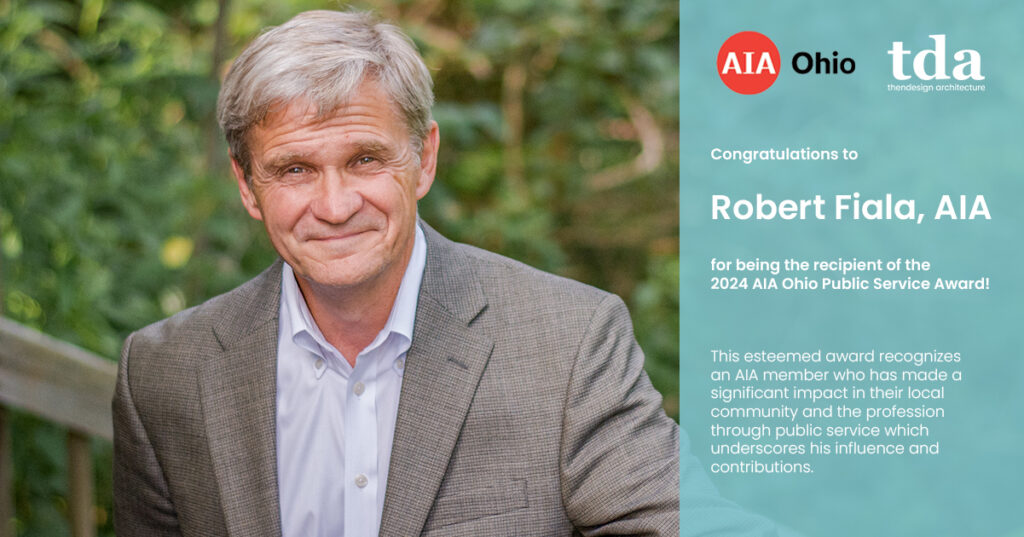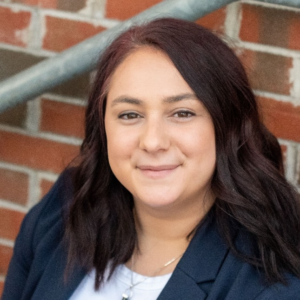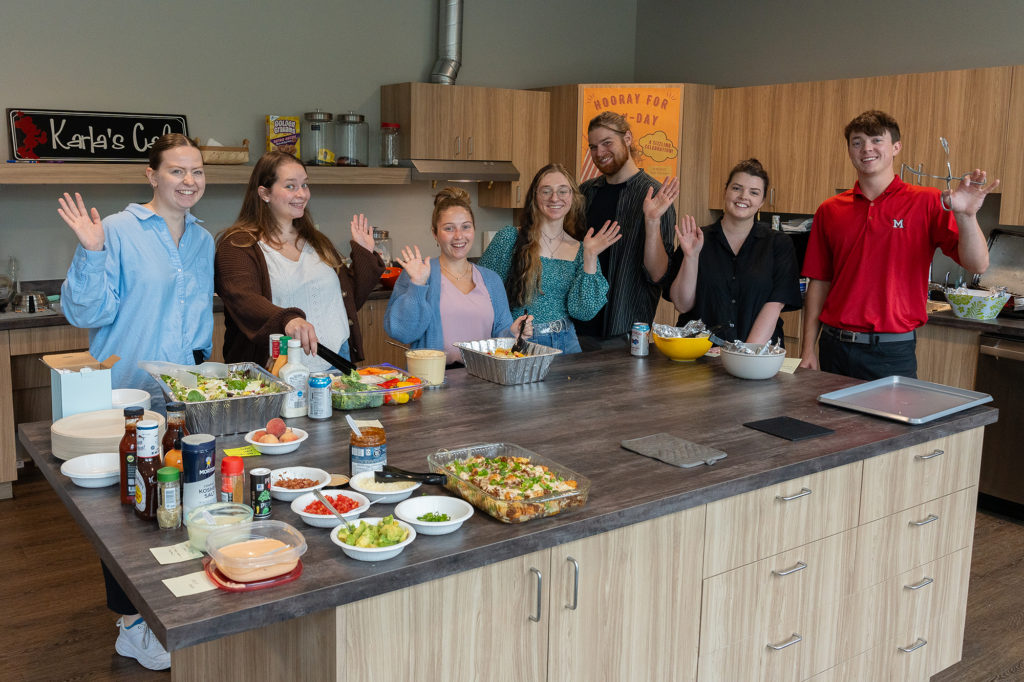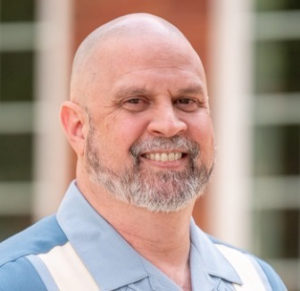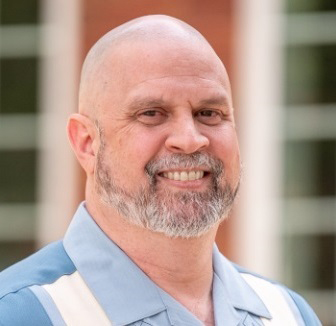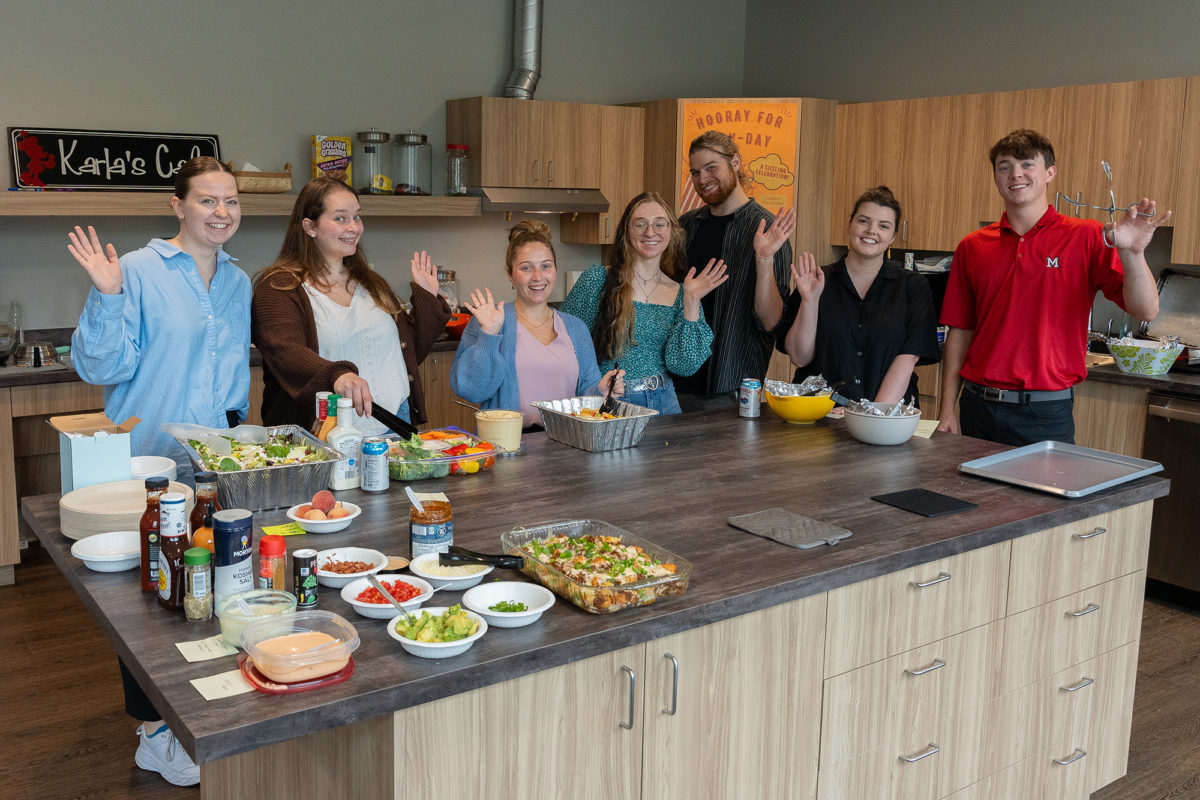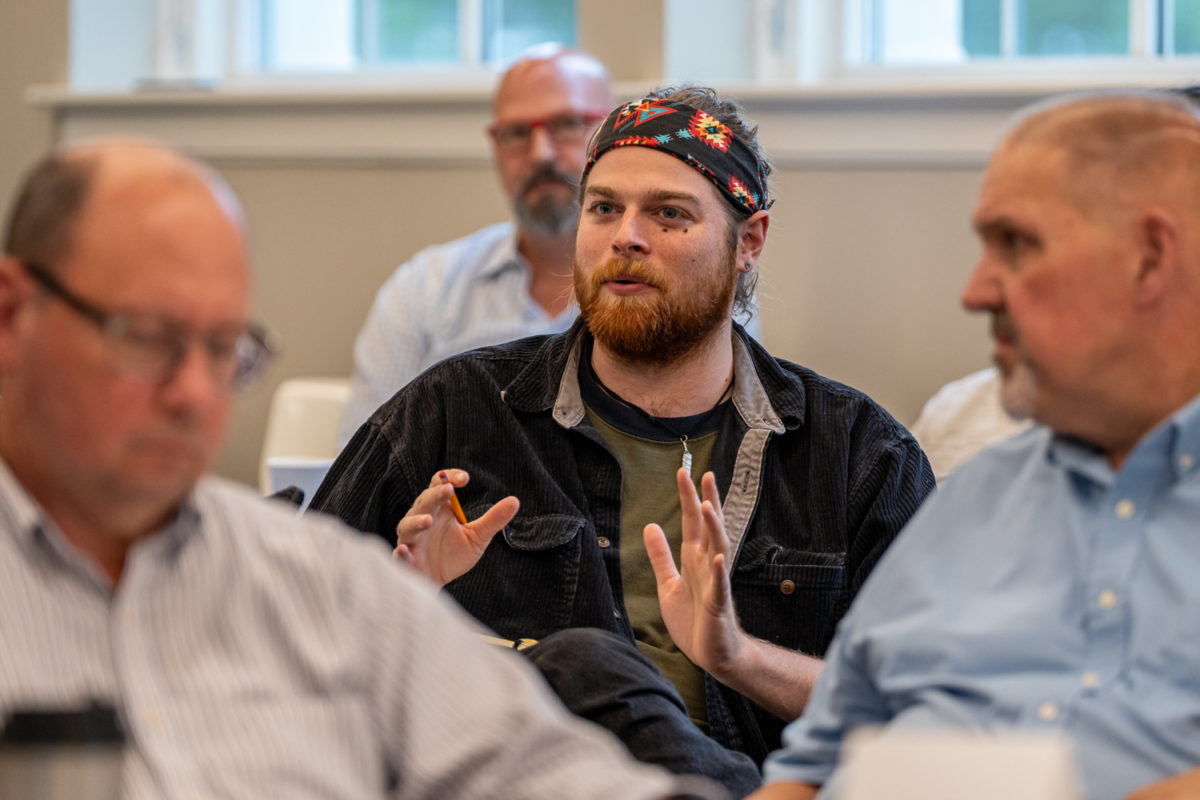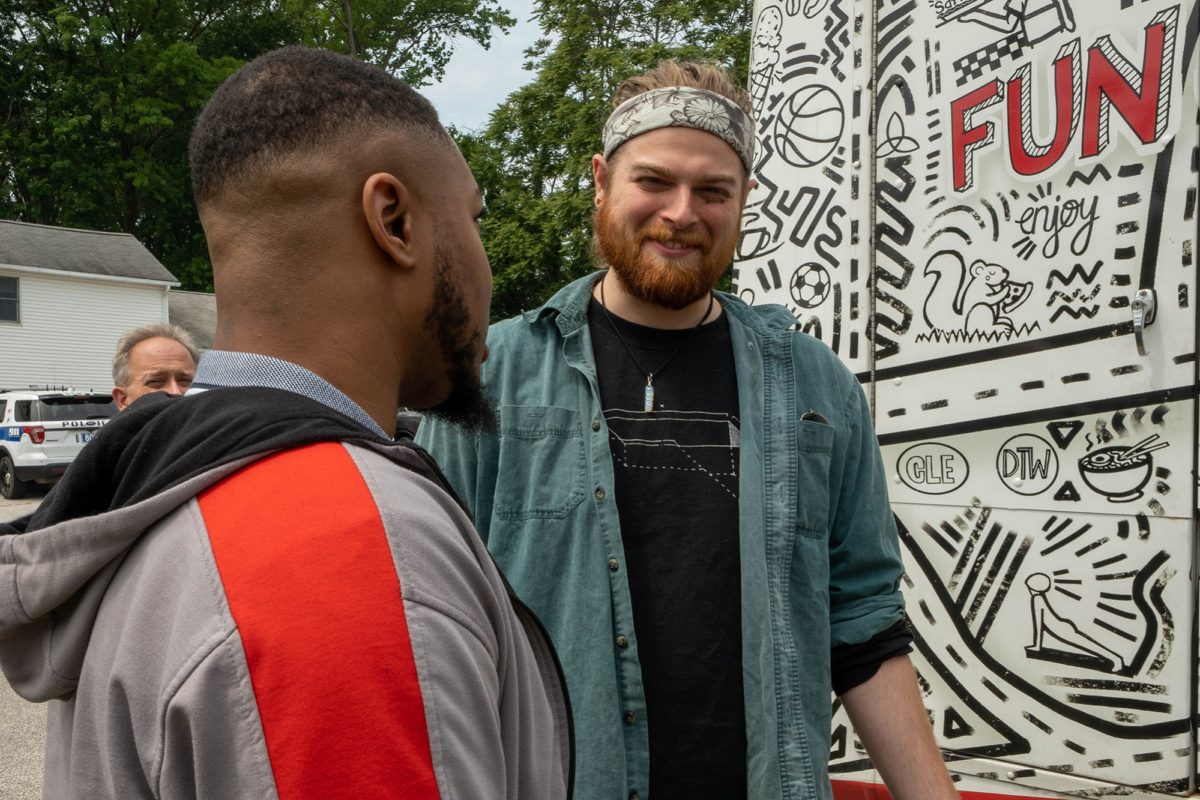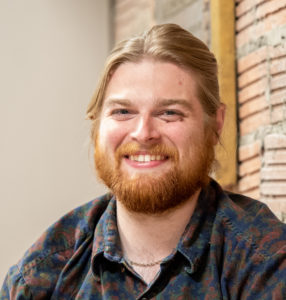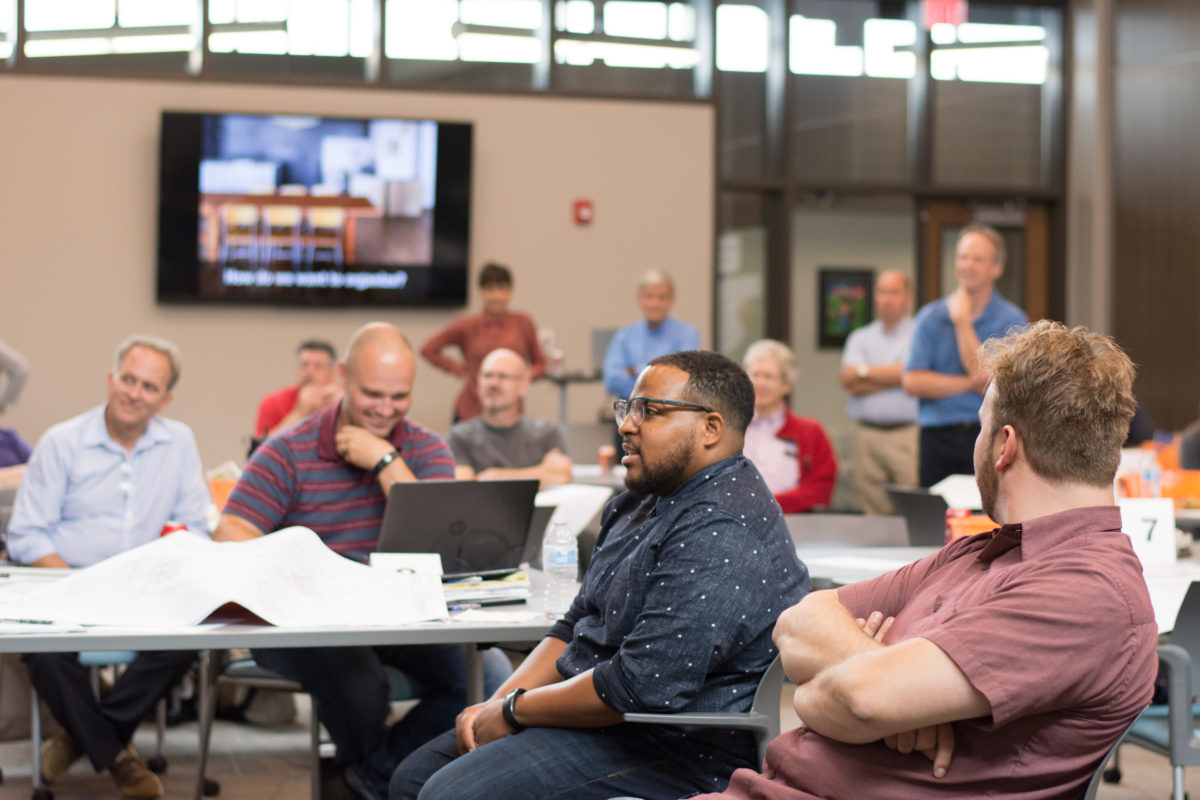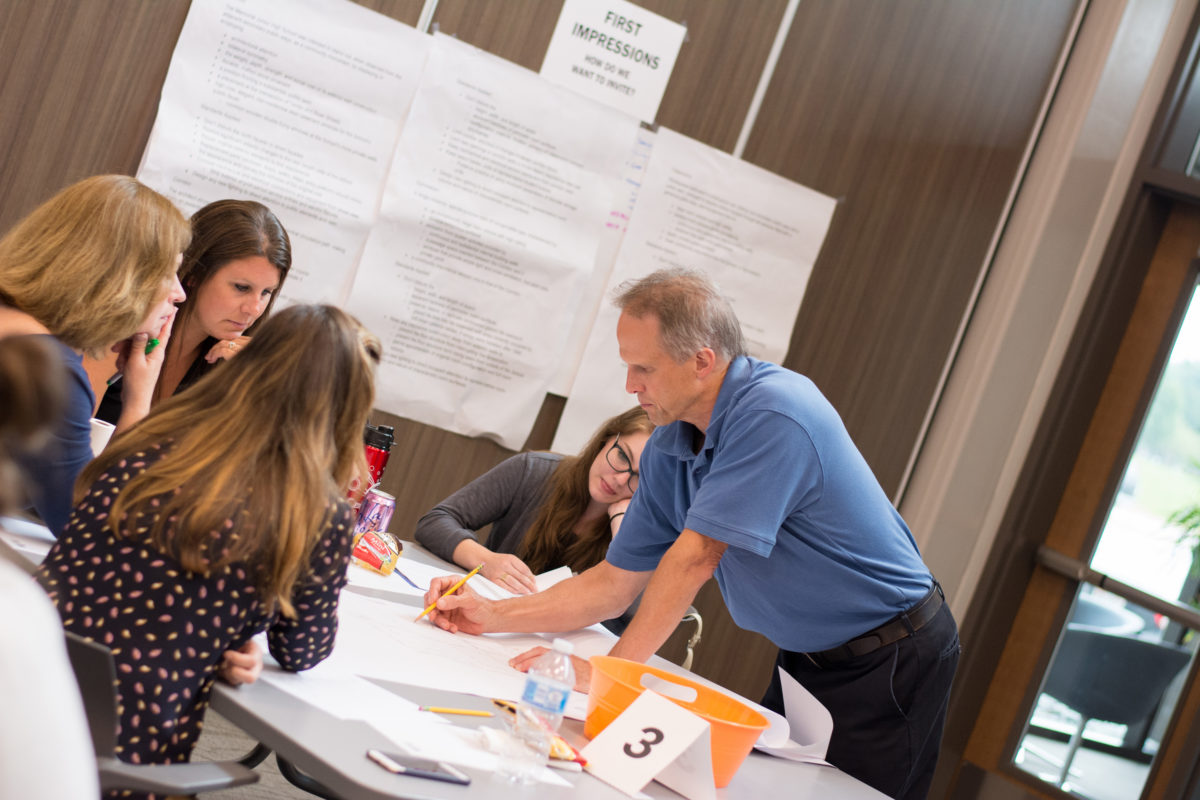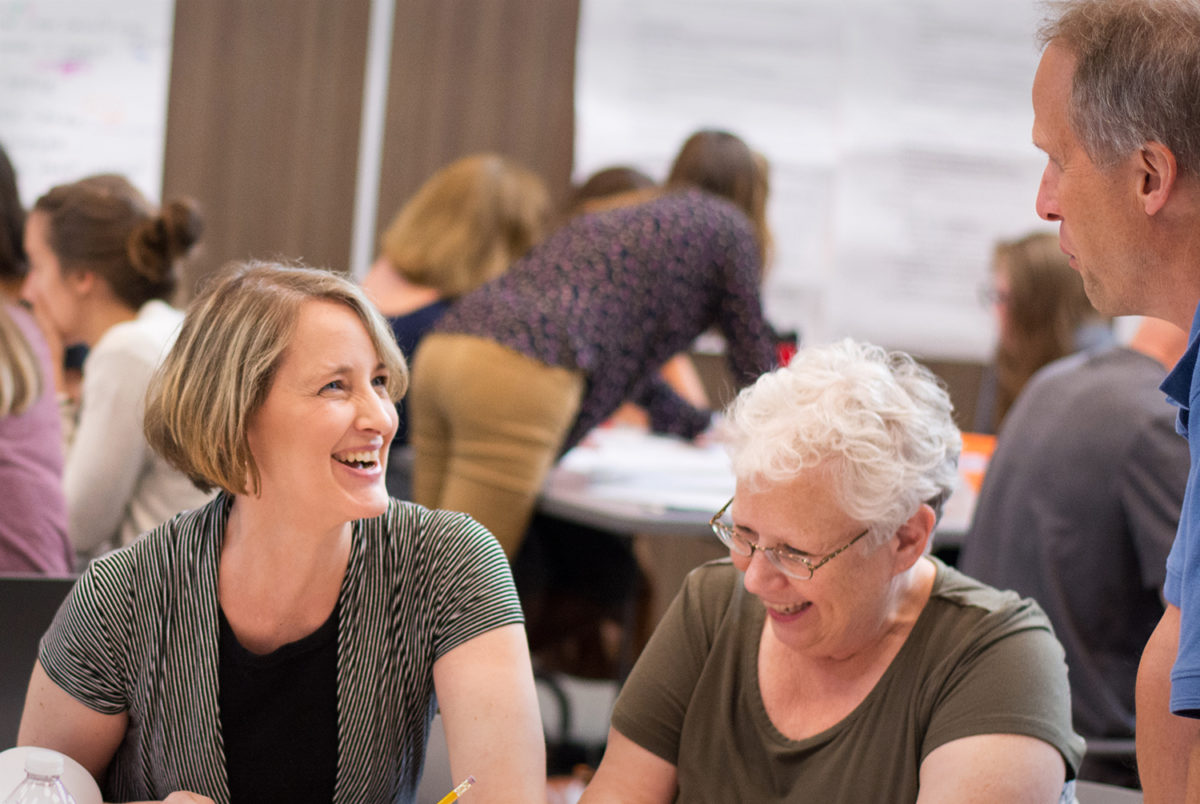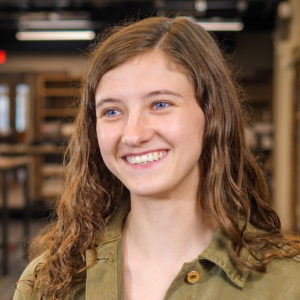Claire Bank Selected as 40 Under 40 Honoree
ThenDesign Architecture’s Educational Design Lead, Claire Bank, has been selected by Crain’s Cleveland Business, as a 40 Under 40 honoree. This recognition honors the achievements of professionals and showcases their efforts to improve and shape their communities.
Claire’s impact is evident in the projects she leads and the professional initiatives she is involved in. Aside from being an architect, active member of A4LE, an organization dedicated to designing educational environments, and the ACE Mentor Program of Cleveland, Claire led a comprehensive update of the Ohio School Design Manual (OSDM), which is a set of standard guidelines for designing educational facilities across Ohio.
Her dedication and skills make her an invaluable team member on any project.
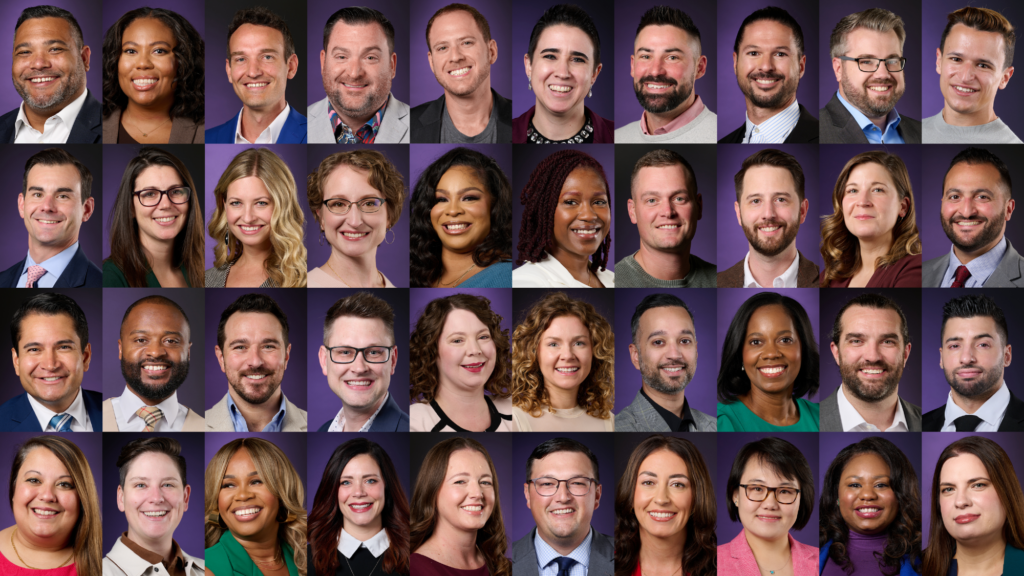
40 Under 40 Award
The Crain’s Cleveland Business 40 Under 40 is a program geared to honor the exceptional achievements of young professionals in various industries. It serves to highlight their accomplishments and provide an inspiration for future leaders.
For more than three decades in cities across the United States, this program has highlighted CEOs, founders, innovators, and community champions under 40 who are making significant impacts. Each honoree is selected through a peer nomination and editorial review process, and are celebrated for their contributions to their professions and communities.
“I’ve always admired the variety of roles and initiatives that the Crain’s 40 Under 40 Program recognizes,” notes Claire. It is inspiring to see all of the ways people are at work contributing to and shaping our communities, and it is an honor to be recognized as one of those people.”
Scenes from TDA
Claire's Work at TDA
At TDA, Claire serves as a project manager and the firm’s Educational Design Lead, helping school districts merge their educational priorities with their facilities projects to maximize each student’s experience. This focuses on engaging with school district administrators, staff, and students to best understand their needs and incorporate their feedback. In addition to those responsibilities, she leads large-scale design projects such as North Ridgeville City School’s new 9-12 high school, Wickliffe City Schools’ PreK-12, and North Royalton’s Elementary School.
Claire also focuses on teaching and mentoring Emerging Professionals in TDA’s design studio. “I’ve always loved teaching and mentoring. Architecture can be an intimidating profession to enter.” Claire is determined to help young professionals in the industry and realize their impact in the field. “I enjoy helping people learn to navigate architecture, providing opportunities for them to gain confidence in different parts of our projects while having the support of our team to help explain the ” how and why” of what we do.”
While at TDA, emerging professionals are embedded with project teams to get hands on experience with architectural design professionals at the firm.
The 2024 40 Under 40 Award
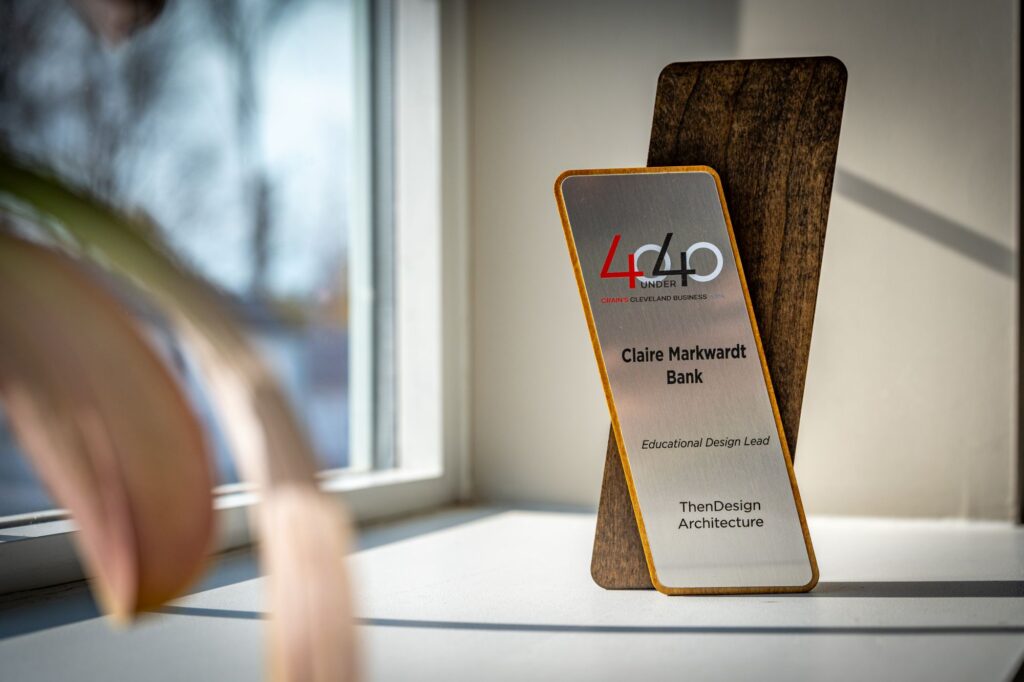
About Us
ThenDesign Architecture (TDA) prioritizes building relationships within internal team members and the clients we serve. TDA operates as a “teaching and learning firm,” meaning that we focus on honing the skills of our staff while also finding opportunities for emerging professionals and students to learn more about architectural design and its real-world application.
We are proud of developing a collaborative culture where architects, planners, interior designers, construction administrators, and communications specialists work to improve public architecture in Ohio. TDA has been repeatedly recognized for having a strong culture by the Weatherhead School of Business, The Cleveland Plain Dealer as a Top Workplace, and as a 14-year consecutive winner of the NorthCoast99 award. We are proud of our collective achievement and the accomplishments of individual team members as they give back to their communities.
Jeff Henderson, a senior architect with ThenDesign Architecture and mentor of Claire’s has worked hard to support the learning culture at TDA. He commented, “Claire brings a high level of technical skill to her work and combines it with a strong focus on community engagement.” “Design is obviously what we do but the most critical thing is to build and maintain relationships, Claire is exceptional at both.”
ThenDesign Architecture
TDA is composed of passionate individuals who impact their communities. This extends to both personal and professional pursuits. We support the development and advancement of all team members and celebrate their accomplishments.
This award recognizes the work that Claire does for her community and district clients she works with.
If you are interested in seeing our open positions, reach out!
Review more material on the nomination:
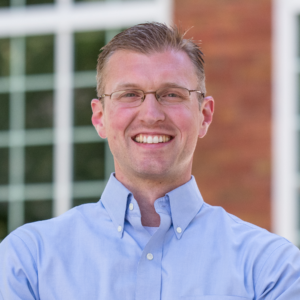
Ryan Caswell
Communications
Get our newsletter with insights, events and tips.
Recent Posts:
ThenDesign Architecture Celebrated its 35th Anniversary
Capital Improvement Plans Work
Rocky River’s Transformative Renovation
Cuyahoga Falls 6-12 Campus Construction Tour
Claire Bank Selected as 40 Under 40 Honoree
Richmond Heights Invites the Natural World In
Brunswick City Schools New High School Design Reveal

